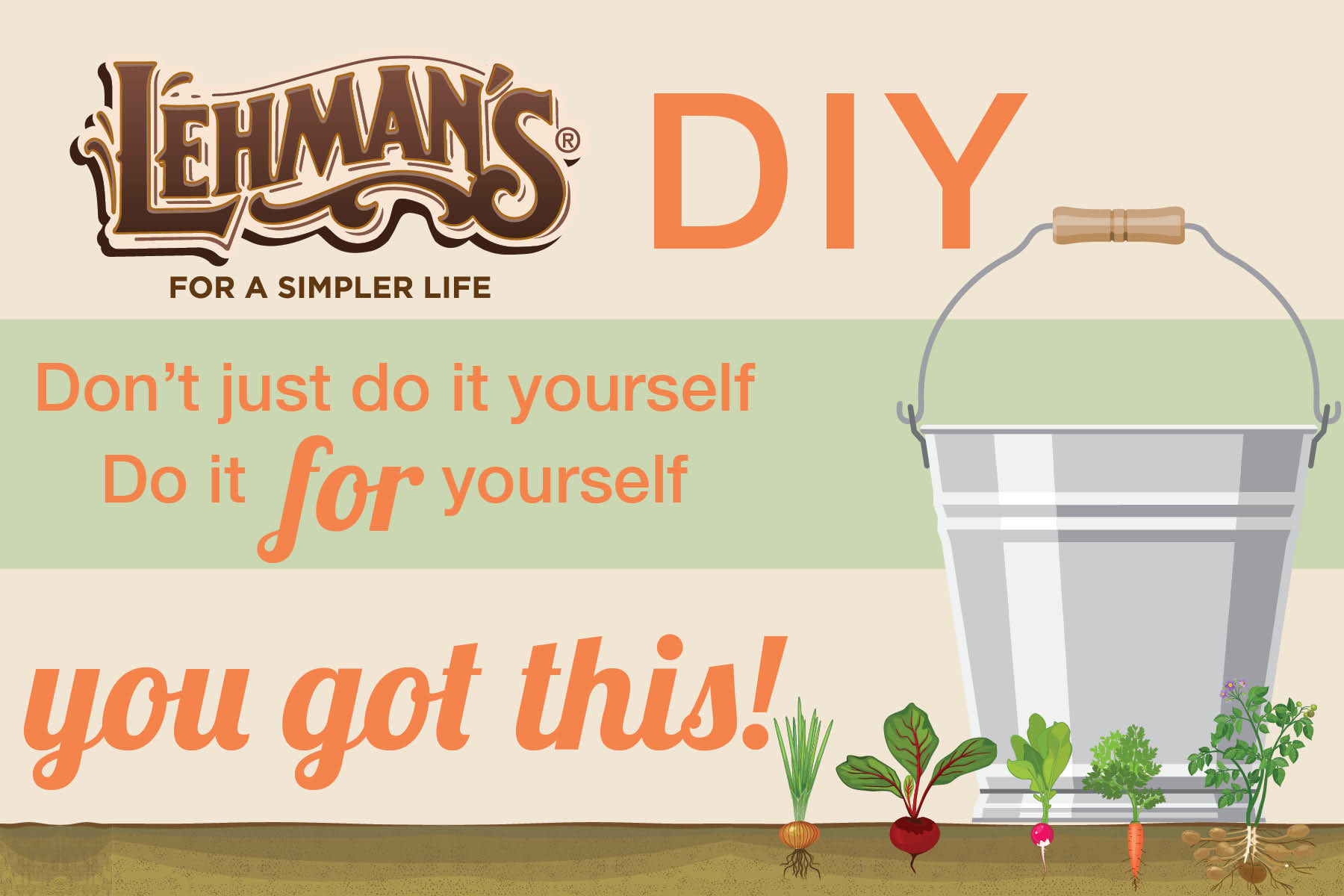 Continuing in our food storage series, we are going to look at some of the easiest options for keeping food for the winter months. The “easy” part is that there is zero processing necessary for the produce – it is just a matter of creating the perfect storage environments.
Continuing in our food storage series, we are going to look at some of the easiest options for keeping food for the winter months. The “easy” part is that there is zero processing necessary for the produce – it is just a matter of creating the perfect storage environments.
Using a Root Cellar
First we’ll look at using a root cellar. This method that has been used since antiquity, requires no electricity and can extend produce shelf life for months. A traditional root cellar is basically a basement with a packed earth floor that stays cool and has high humidity. Ideally temperatures will be in the 32-40 degree range with 80-90% humidity. Many old farmhouses still have this style of basement but most modern homes lack this valuable amenity. There are a few hacks for those who don’t have the luxury of having a cold basement. One method is to put your root veggies in a 5-gallon bucket, dig a hole in the ground to bury your bucket and cover the lid area with straw for access. Taking this option a notch bigger, you can bury an old chest freezer in the ground for greater storage capacity. A more high tech option is to build an insulated room cooled with an air conditioner fitted with a CoolBot unit.
Root crops like potatoes, beets, carrots and turnips store beautifully in a root cellar. My dahlia flower tubers also love the conditions of our farmhouse basement. We put most things in buckets or feed sacks and some get covered with sawdust or peat moss to avoid contact with air where they might dry out. Potatoes need to be stored in the dark to avoid greening and sprouting so if they aren’t already covered, we throw an old blanket over the crates. We also have good success storing cabbages and some years have stored veggies like leeks and celery with the roots still attached in a tub or bucket with soil on the bottom. If I run out of refrigerator space for my fermented foods, the root cellar is a good location for those as well during the winter months.
For more details about root cellars, check out Root Cellaring by Mike and Nancy Bubel and Build Your Own Underground Root Cellar by Phyllis Hobson.
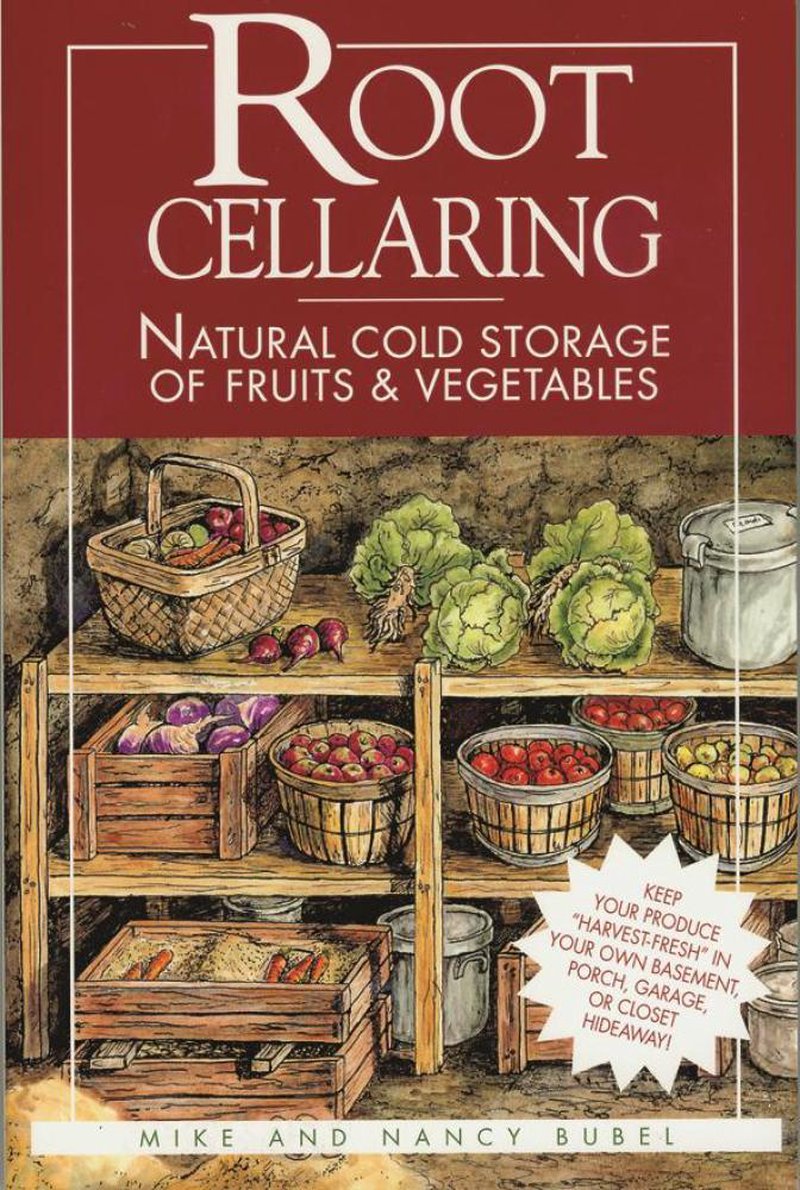
Dry Storage
Dry storage also works for a number of food items. Ideal conditions are cool (50-60 degrees) with low humidity and might be found in places like a kitchen closet, upstairs bedroom or a garage that doesn’t freeze. Onions, garlic, winter squash and sweet potatoes are a few of the things that do well in these conditions. Choosing produce varieties meant for storage is important. Music is our favorite hardneck garlic and stores well till about February when it starts sprouting. 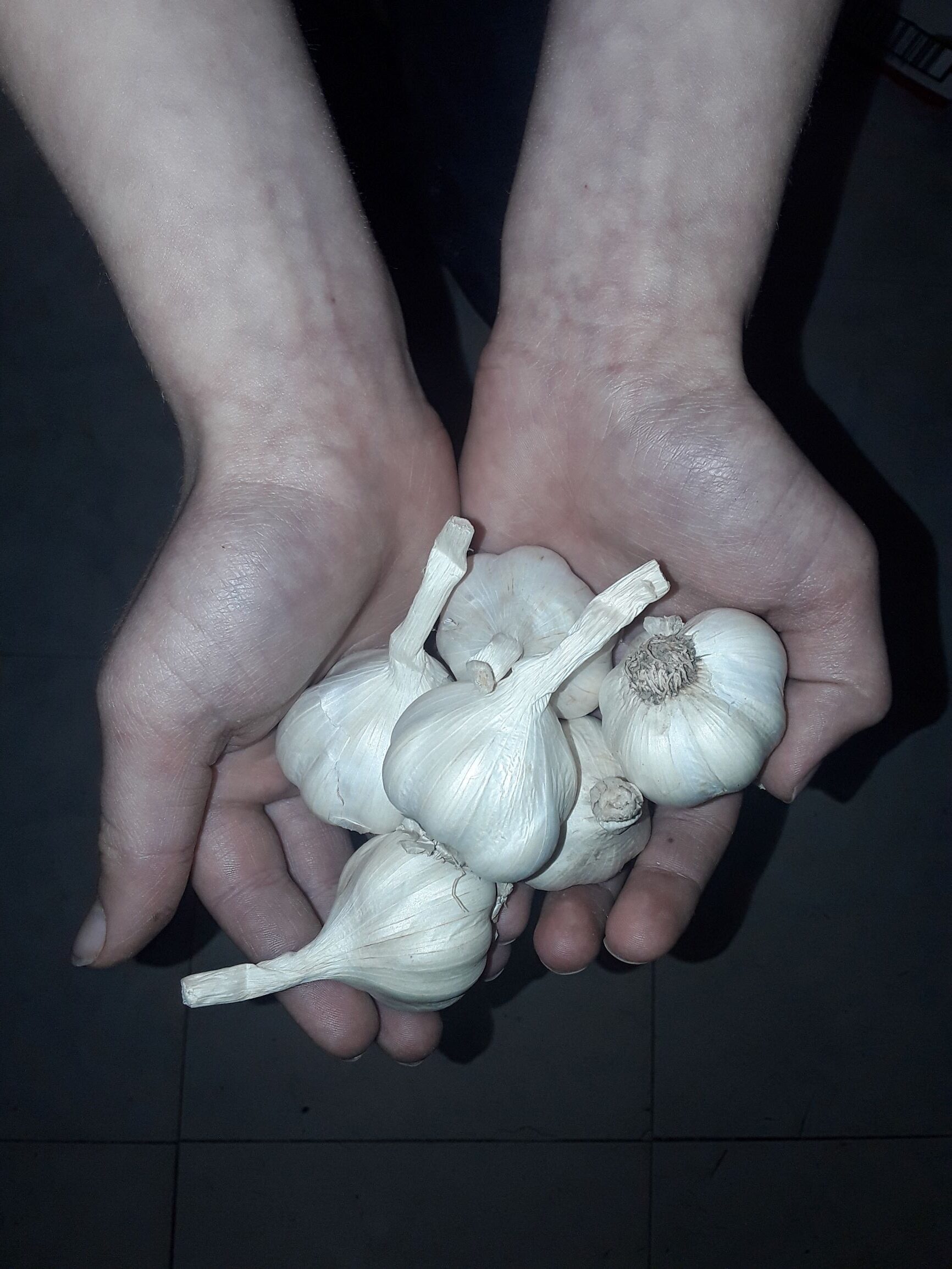 After that, we rely on the smaller soft neck bulbs of Chilean Silver that we braid and the cloves stay solid till new green garlic scallions are ready in the garden. Sweet onions have a shorter storage life than the pungent and very solid storage onion varieties. You can braid them or we often hang them in recycled mesh bags. Many winter squashes can be stored this way and I select ones without blemishes for the longest storage. Varieties like acorn, delicata and spaghetti will stay nice a few months but the king of longevity (and flavor!) is is butternut squash which will often last till March or April. Sweet potatoes can be individually wrapped in newspaper and kept in a bucket in a dry storage area.
After that, we rely on the smaller soft neck bulbs of Chilean Silver that we braid and the cloves stay solid till new green garlic scallions are ready in the garden. Sweet onions have a shorter storage life than the pungent and very solid storage onion varieties. You can braid them or we often hang them in recycled mesh bags. Many winter squashes can be stored this way and I select ones without blemishes for the longest storage. Varieties like acorn, delicata and spaghetti will stay nice a few months but the king of longevity (and flavor!) is is butternut squash which will often last till March or April. Sweet potatoes can be individually wrapped in newspaper and kept in a bucket in a dry storage area.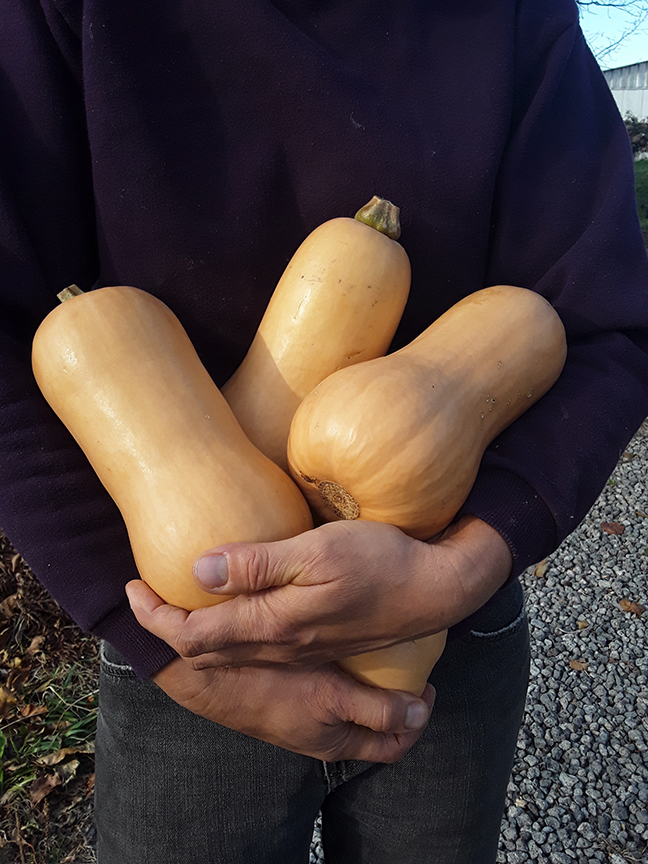
For both root cellar and dry storage, it is wise to check things regularly and remove any produce that is rotting, sprouting or otherwise declining in quality. In early spring when the potatoes start sprouting, the cabbages get wilty and the onions are mushy and our family is weary of stored foods, it is often time when the first spring garden produce is ready for harvest and we welcome another season of eating fresh veggies. Such is the beauty of eating and storing your homegrown or locally sourced food throughout the year.
*****
 Karen Geiser is a regular demonstrator and homesteading class teacher at Lehman’s.
Karen Geiser is a regular demonstrator and homesteading class teacher at Lehman’s.



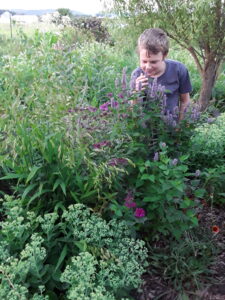

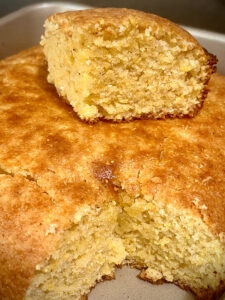
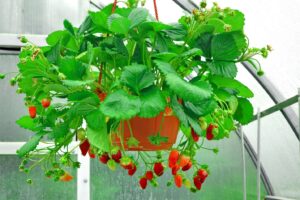






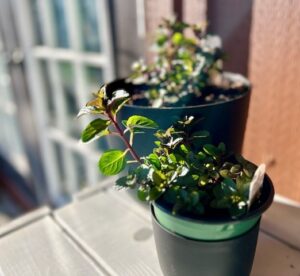

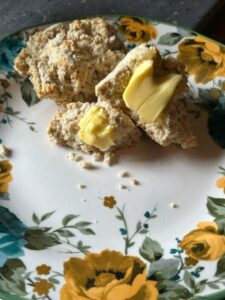

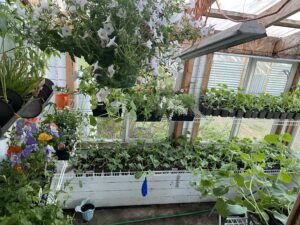


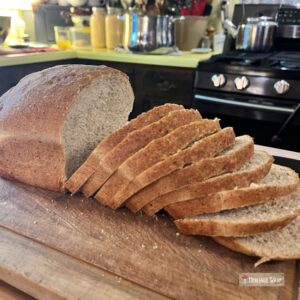

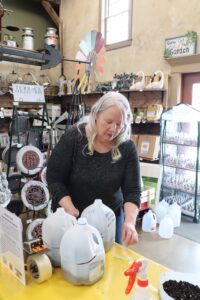


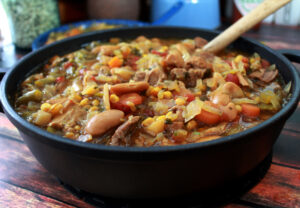


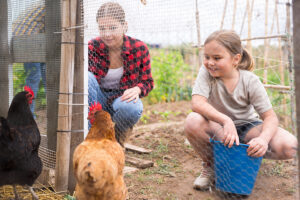
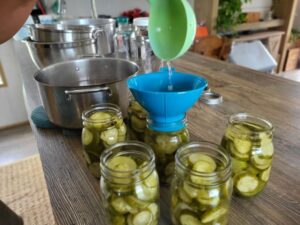


[…] Root vegetables, like carrots, turnips or potatoes, are easy to grow and are high in nutrients (think Vitamin A, potassium, and calcium). And bonus – you can easily store them in a simple root cellar for the winter. (Check out how to use a root cellar in this DIY post.) […]
[…] ordinary, -10 degrees in January is pretty typical but that doesn’t mean I have to like it. My root cellar doesn’t like it either. It’s a fine dance we do, keeping the door open just enough to keep the […]